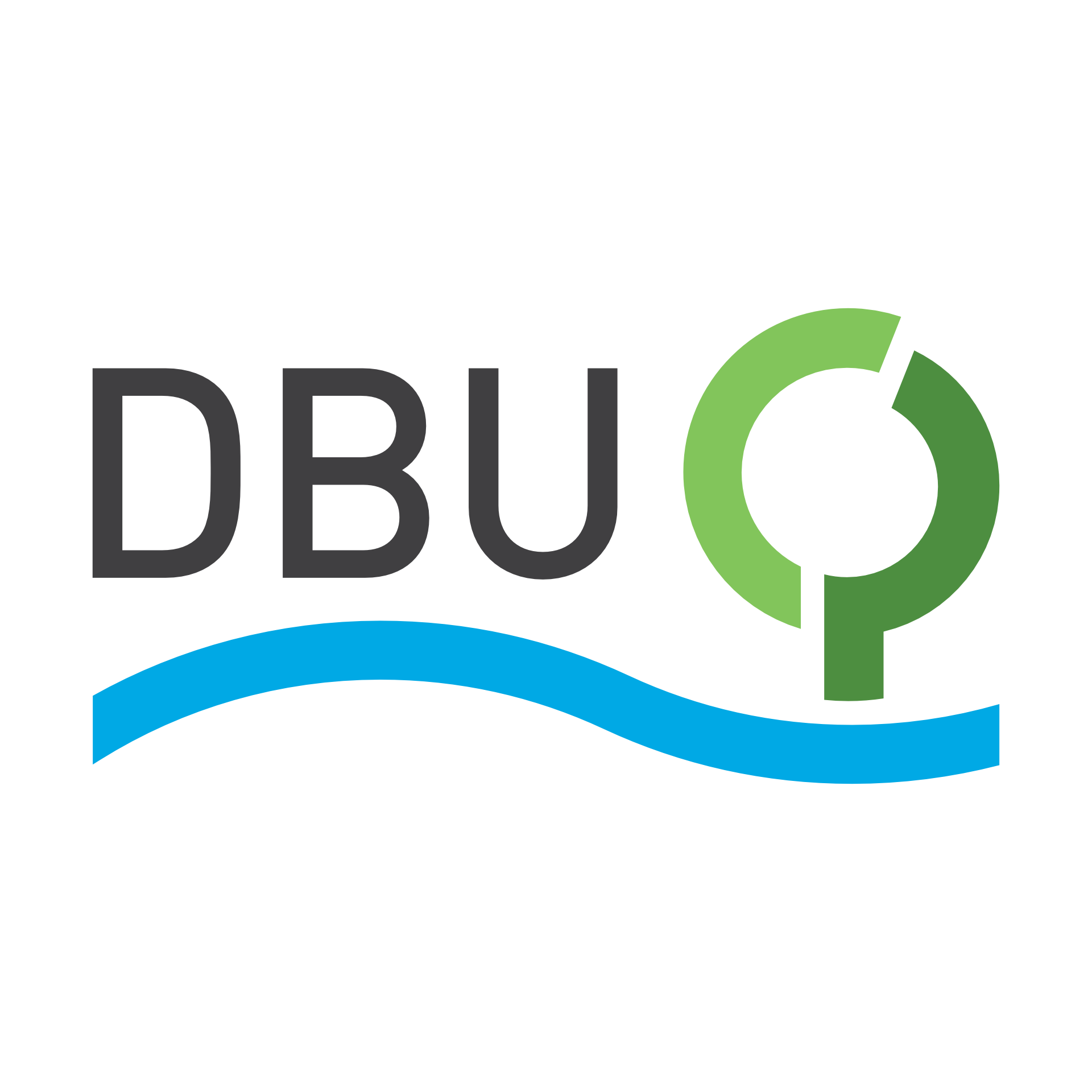SDG 06: Clean Water and Sanitation

This Learning World focuses on understanding the role and importance of and access to clean water and sanitation. The Learning World provides ideas and components that you can integrate into your teaching: An interactive boardstory with complementary exercises, a glossary with the most important terms of the Learning World, additional exercises to consolidate and further reflect on the contents of SDG 6 as well as examples of the connections between this SDG and others.
Boardstory for interactive learning
Educational Material
The Learning Objectives outline the key competencies students will develop by completing this Learning World. They also highlight connections to other topics, encouraging further exploration and discussion beyond this module.
Learning Objectives
Acquiring competencies for sustainable development is part of a lifelong learning process. The boardstory and exercises provided in this learning world initiate this process and help students gain knowledge, reflect and think critically, and take meaningful action. After completing this unit, it is recommended to foster the development of the desired competencies for sustainable development e.g. by teaching further learning worlds. Thus, expanding students’ skill sets further.
With this in mind, the learning objectives of this specific learning world first and foremost aim to develop a basic understanding of the respective SDG and related connections for students aged nine to eleven. Gaining and expanding competencies for sustainable development further is desirable, but can only be achieved through continuous immersion and persistence.
Following the interaction with this Learning World, the students will be able to:
explain why water is central for life (humans, biodiversity).
discuss and reflect hidden water usage as the concept of virtual water, e.g. due to production.
reflect upon connections in consumption and use of water.
reflect ways of reducing one’s individual water footprint and saving water in one's daily habits.
explain that access to clean drinking water is not everywhere guaranteed (e.g. due to water pollution).
discuss potential conflicts, due to distribution problems and water scarcity (amplified by climate change).
evaluate how access to sanitation and hygiene, e.g. gender-related necessities such as period products, is not guaranteed everywhere.
observe relevant cultural differences in sanitation, e.g. usage of toilet paper vs. clean water, squat toilet and Western toilets, (non-)distinction into gender.
communicate about water pollution, water access and water saving measures and to create visibility about success stories.
argue and to make plans for promoting clean water and sanitation in their local environment.
Connection to other SDGs
The 17 SDGs complement each other and should not be viewed in isolation. As such synergy effects can occur, for example an improvement in one of the SDGs can in turn have a positive effect on another. At the same time, prioritizing measures for one SDG can also lead to another goal being neglected. The following overview provides examples of connections between SDGs which can be used to open up new conversations and linking points to take the topic beyond this learning world.
Learning World
SDG 01: No Poverty
Learning World
SDG 03: Good Health and Well-being
Learning World
SDG 04: Quality Education
Learning World
SDG 05: Gender Equality
Learning World
SDG 07: Affordable and Clean Energy
Learning World
SDG 09: Industry, Innovation and Infrastructure
Learning World
SDG 11: Sustainable Cities and Communities
Learning World
SDG 12: Responsible Consumption and Production
Learning World
SDG 13: Climate Action
Learning World
SDG 14: Life below Water
Learning World
SDG 15: Life on Land
Learning World
SDG 16: Peace, Justice and Strong Institutions
Learning World
SDG Dilemmas
Learning World
SDG Wedding Cake Model














 Before watching the boardstory for the first time, give the students a listening task: "What do you learn in the boardstory?" Possibly with the addition: "Remember at least three things."
Before watching the boardstory for the first time, give the students a listening task: "What do you learn in the boardstory?" Possibly with the addition: "Remember at least three things." Hand out the worksheets "EXPLORING THE BOARDSTORY" from the student workbook to engage the students in the content of the SDG 6 Boardstory.
Hand out the worksheets "EXPLORING THE BOARDSTORY" from the student workbook to engage the students in the content of the SDG 6 Boardstory. After students have drawn their own idea of a toilet as part of the exercise "EXPLORING THE BOARDSTORY" and discussed other types they know, hand out the worksheet "A VARIETY OF TOILETS" from the student workbook.
After students have drawn their own idea of a toilet as part of the exercise "EXPLORING THE BOARDSTORY" and discussed other types they know, hand out the worksheet "A VARIETY OF TOILETS" from the student workbook. Students will work in small groups (4–5 students) to look at images showing different types of toilets from around the world. Their task is to observe and discuss how these variations reflect different ways of meeting the same basic human need.
Students will work in small groups (4–5 students) to look at images showing different types of toilets from around the world. Their task is to observe and discuss how these variations reflect different ways of meeting the same basic human need. The estimated virtual water amount can of course differ from country to country. Feel free to add other products. The website of the water footprint network might help you research:
The estimated virtual water amount can of course differ from country to country. Feel free to add other products. The website of the water footprint network might help you research: 
